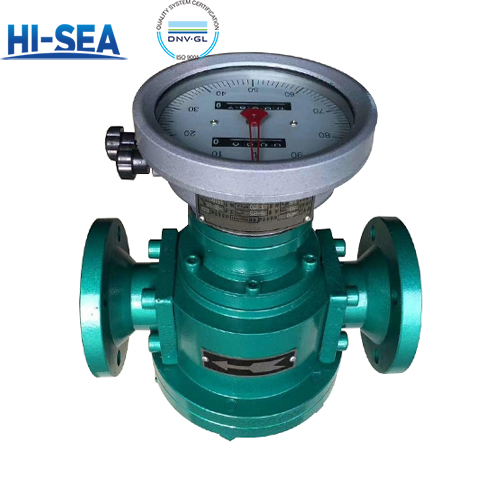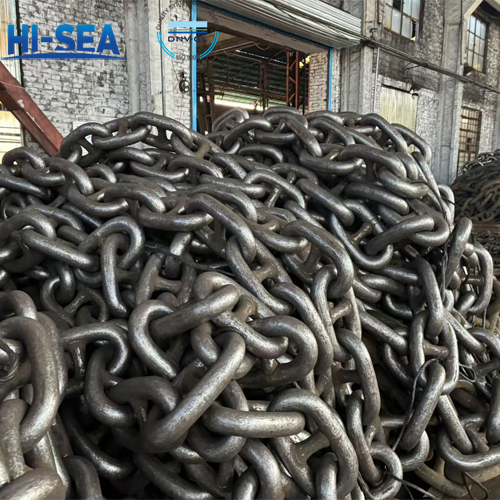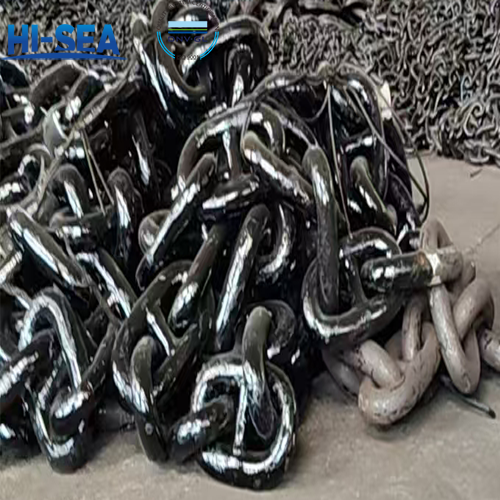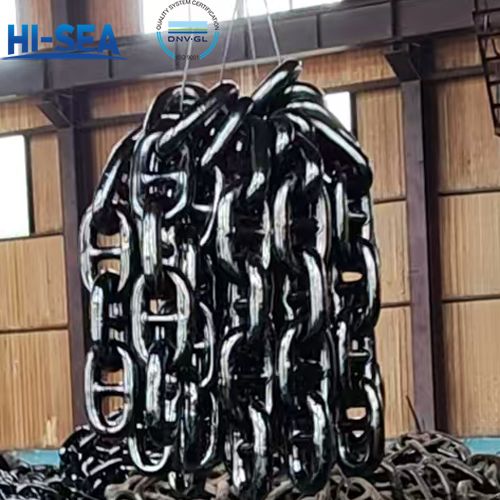
Flow Meter
Flow meters are devices used to measure the flow rate or quantity of a gas or liquid moving through a pipe. They come in various types, each with specific features suited to different applications.
Material Construction: Materials used in the construction of the flow meter, which should be compatible with the measured fluid to prevent corrosion and ensure longevity.
Power Supply: The type of power supply needed for operation, whether it is battery-powered, solar-powered, or requires an external power source.
Overview
Informations
Accuracy and Precision: The ability of the flow meter to provide measurements that are close to the actual flow rate.
Rangeability (Turndown Ratio): The ratio of the maximum to the minimum flow rate that a meter can measure accurately.
Type of Measurement: Flow meters can measure volumetric flow (e.g., liters per minute) or mass flow (e.g., kilograms per hour).
Medium Compatibility: The suitability of the flow meter for different types of media, such as gases, liquids, or steam.
Operating Pressure and Temperature: The range of pressures and temperatures within which the flow meter can operate correctly.
Output Signals: The types of output signals provided, such as analog (4-20 mA), digital (pulse), or communication protocols (Modbus, HART).
Installation Requirements: Factors like pipe size, mounting orientation, and straight pipe length requirements before and after the meter.





